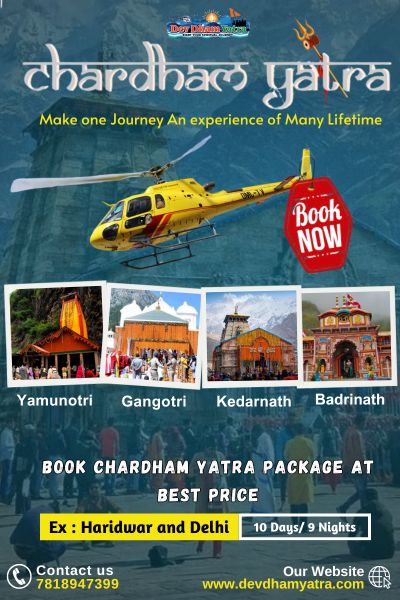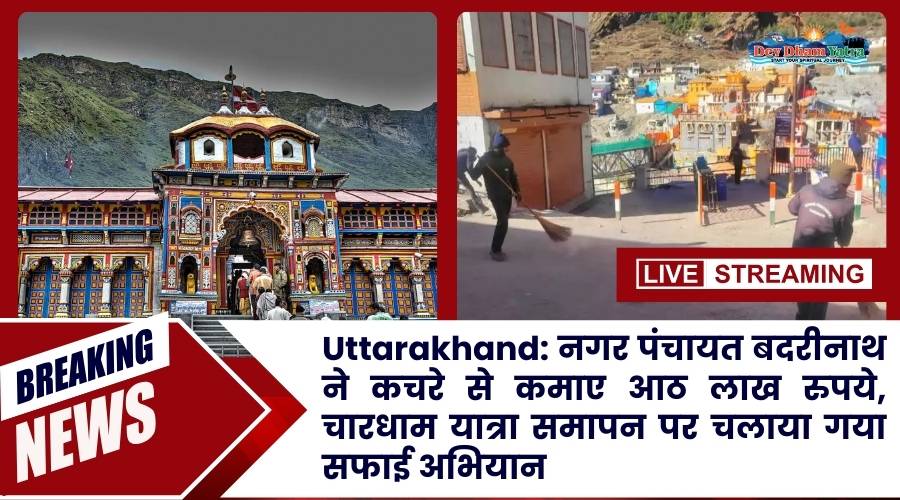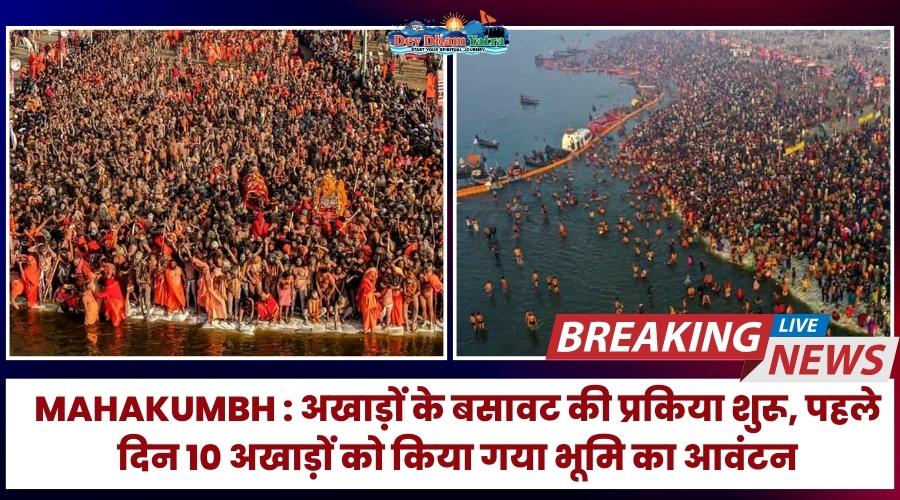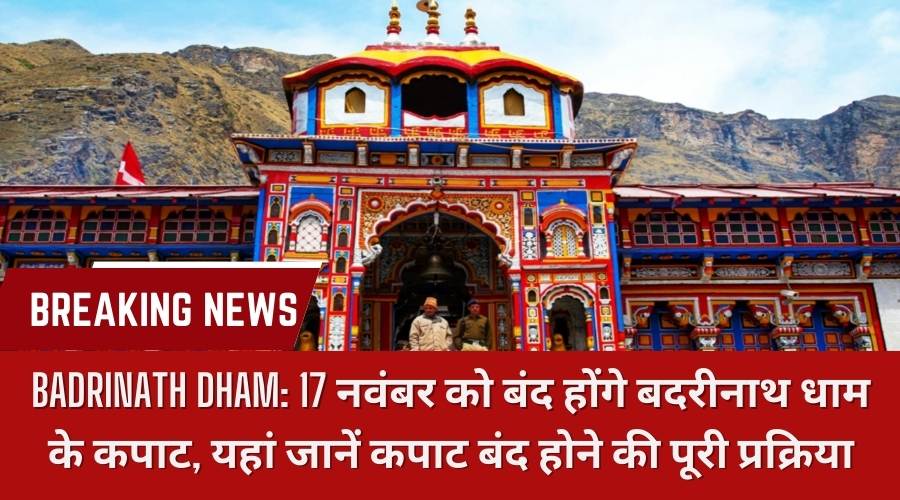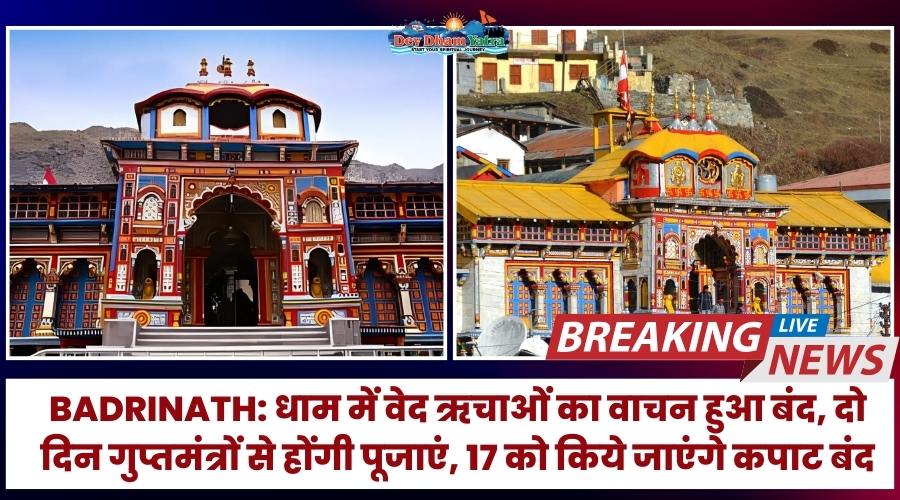About Kullu
Kullu is a beautiful district located in the Indian state of Himachal Pradesh. Nestled in the foothills of the Himalayas, Kullu is renowned for its stunning natural beauty, picturesque valleys, and rich cultural heritage. Let’s explore some key aspects of Kullu.
Kullu is situated on the banks of the Beas River, surrounded by majestic snow-capped mountains, lush greenery, and meandering rivers. The district boasts breathtaking landscapes, including deep valleys, dense forests, and cascading waterfalls. The picturesque beauty of Kullu attracts nature lovers, adventure enthusiasts, and tourists seeking tranquility amidst nature.
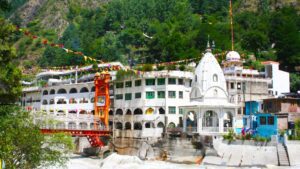
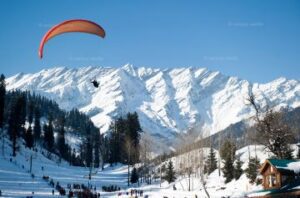
Kullu is a hub for adventure sports and activities. The region offers thrilling opportunities for trekking, mountaineering, paragliding, river rafting, and skiing (in nearby Solang Valley during winter). Adventure seekers flock to Kullu to indulge in these exhilarating activities and explore the stunning terrain of the Himalayas.
Kullu has a rich cultural heritage deeply rooted in the traditions and customs of the local communities. The people of Kullu predominantly follow Hinduism and celebrate various festivals with great enthusiasm. The Kullu Dussehra is one of the most famous festivals in the region, attracting thousands of visitors. It involves grand processions, cultural performances, music, and dance, showcasing the vibrant cultural tapestry of Kullu.
Kullu is home to several ancient temples and spiritual sites that hold immense religious significance. The Raghunath Temple, dedicated to Lord Rama, is a prominent attraction in Kullu. Other notable temples include Bijli Mahadev Temple, Hidimba Devi Temple, and Manikaran Sahib Gurudwara. These places of worship not only serve as important pilgrimage sites but also exhibit splendid architecture and offer serene environments for spiritual seekers.
Kullu is known for its exquisite handicrafts and traditional arts. The region is famous for its handwoven shawls, colorful woolen clothing, carpets, and handicrafts made of wood and metal. Visitors can explore the local markets in Kullu and purchase these unique handicrafts as souvenirs or gifts.
Kullu is renowned for its apple orchards, which thrive in the favorable climate and fertile soil of the region. The apple harvest season, usually in late summer or early autumn, attracts tourists who can enjoy the sight of lush orchards and even participate in apple-picking activities. Agriculture, including apple cultivation, plays a vital role in the local economy of Kullu.
Apart from its natural beauty and cultural heritage, Kullu offers several other attractions. Some popular places to visit include Manali, a famous hill station near Kullu; the serene Parvati Valley known for its hot springs; Naggar, a picturesque village with historic sites; and the Great Himalayan National Park, a UNESCO World Heritage Site known for its diverse flora and fauna.
In conclusion, Kullu is a captivating destination that combines stunning landscapes, adventure activities, cultural richness, and spirituality. Whether you seek adventure, tranquility, or cultural immersion, Kullu offers a memorable experience amidst the pristine beauty of the Himalayas.
About Kedarnath
Kedarnath is a sacred town located in the Rudraprayag district of Uttarakhand, India. Situated in the Garhwal Himalayas at an altitude of approximately 3,583 meters (11,755 feet), Kedarnath holds immense religious significance for Hindus and attracts pilgrims from all over the world. Let’s delve into some key aspects of Kedarnath:
The Kedarnath Temple is the major highlight of the town. It is one of the twelve Jyotirlingas (shrines dedicated to Lord Shiva) and holds great importance in Hindu mythology. The temple is believed to have been built by the Pandavas from the epic Mahabharata. It is a stone structure situated amidst picturesque surroundings, with the snow-clad peaks of the Himalayas forming a breathtaking backdrop. The Kedarnath Temple is a revered pilgrimage site and a symbol of faith for devotees.

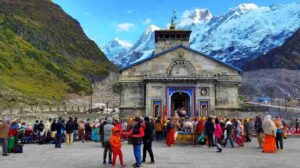
Kedarnath is considered one of the holiest pilgrimage destinations in Hinduism. It is believed that visiting the Kedarnath Temple and seeking Lord Shiva’s blessings can absolve one of their sins and contribute to spiritual salvation. The town holds a special place in the hearts of Lord Shiva’s devotees, who undertake the arduous journey to Kedarnath as part of their religious pursuits.
Reaching Kedarnath involves a challenging trek that adds to the pilgrimage experience. The trek, usually starting from Gaurikund, spans around 16 kilometers (10 miles) and takes pilgrims through scenic landscapes, including forests, rivers, and rugged terrain. The trek is physically demanding but offers breathtaking views and a sense of achievement upon reaching the temple.
Kedarnath is situated in the lap of the majestic Himalayas, offering awe-inspiring natural beauty. The town is surrounded by snow-covered peaks, including the imposing Kedarnath Range. The Mandakini River flows through the valley, enhancing the scenic charm. The pristine beauty of the surroundings provides a serene and tranquil environment for devotees and nature enthusiasts alike.
Kedarnath is one of the four holy sites that constitute the Char Dham Yatra, along with Yamunotri, Gangotri, and Badrinath. The Char Dham Yatra is considered highly auspicious and holds great significance in Hindu pilgrimage. Pilgrims undertake this sacred journey to seek spiritual enlightenment and cleanse their souls.
Kedarnath is located in the ecologically fragile region of the Himalayas. To preserve the delicate ecosystem, certain regulations have been put in place to control the number of visitors and ensure sustainable tourism practices. These measures aim to protect the natural surroundings and maintain the spiritual sanctity of the area.
In conclusion, Kedarnath is a revered pilgrimage destination known for its spiritual significance, natural beauty, and challenging trek. The town holds a special place in the hearts of devotees and offers a unique opportunity to connect with Hindu mythology and seek spiritual solace amidst the grandeur of the Himalayas.
Kullu to Kedarnath Distance
From Kullu, there are numerous routes that lead to Kedarnath. The distance from Kullu to Kedarnath is 699 kilometers when traveling by road. About 230 kilometers separate Kullu from Kedarnath when traveling via plane.
Kullu to Kedarnath by Train
It is impossible to travel directly from Kullu to Kedarnath.
- It is recommended to take a bus or cab to Pathankot in order to get to Kedarnath from Kullu. After that, catch a train to Haridwar from Pathankot. Take a bus or a taxi from Haridwar to reach Kedarnath.
- Kullu- Pathankot (via bus or cab)- Haridwar (via train)- Kedarnath (via cab or bus)
- Taking a bus or car from Kullu to Nangal is another option for getting to Kedarnath from Kullu. Travel to Chandigarh by train from Nangal. After that, board a bus to Dehradun. One can take a bus or a taxi from Dehradun to Gaurikund, Kedarnath.
- Kullu- Nangal (by bus or cab)- Chandigarh (via train)- Dehradun (via bus)- Gaurikund (via bus or taxi).
Kullu to Kedarnath Distance by Flight
Bhuntar Airport is the one that is closest to Kullu. Jolly Grant Airport in Dehradun is the closest airport to Kedarnath. The suggested route from Kullu to Kedarnath is as follows:
- From Kullu, take a flight to Chandigarh. Then, depart from Chandigarh and travel to Dehradun via bus. Take a bus or cab from Dehradun to Gaurikund.
- Kullu- Chandigarh (via flight)- Dehradun (via bus)- Rishikesh (via bus or cab)- Gaurikund, Kedarnath.
- To reach Kedarnath from Kullu, get to Dharamsala by bus or cab from Kullu. To go to Dehradun, take a flight from Dharamsala. One can then take a bus or reserve a taxi to get to Gaurikund, Kedarnath, from Dehradun.
- Kullu- Dharamsala (via bus or cab)- Dehradun (via flight)- Gaurikund, Kedarnath (via bus or taxi)
Kullu to Kedarnath by Bus
Bus connections from Kullu to Kedarnath are not direct.
- Taking a bus from Kullu to Dehradun is the most suggested and straightforward way to travel from Kullu to Kedarnath. To get to Gaurikund, Kedarnath, you can take a bus or a taxi from Dehradun.
- Kullu- Dehradun (via bus) – Rishikesh- Gaurikund, Kedarnath.
- Taking a bus from Kullu to Chandigarh is another option. From Chandigarh, board a different bus to Dehradun. Take a different bus or cab from Dehradun to Gaurikund, Kedarnath.
- Kullu- Chandigarh (via bus)- Dehradun (via bus)- Gaurikund, Kedarnath.
Kullu to Kedarnath by Own Vehicle
You can drive by your own vehicle from Kullu to Kedarnath.
- You can go from Kullu to Dehradun in your own car. From Dehradun, you can travel to Gaurikund and Kedarnath.
- Kullu- Dehradun- Rishikesh- Devprayag- Srinagar- Rudraprayag- Sonprayag- Gaurikund, Kedarnath
Travel Tips:
Here are some travel suggestions to help you get the most out of your trip if you’re thinking of going to Kedarnath:
- Due to the significant snowfall that occurs throughout the winter, the Kedarnath Temple is only accessible for a short time each year. Verify the official dates so you can schedule your visit appropriately.
- If you’re going on the hike alone, be sure you have the necessary passes or permissions. You can contact the local government or tour operators to learn more about licenses and registrations.
- Due to the great altitude and incline of the landscape, the journey to Kedarnath can be physically taxing. It is advisable to practice frequent exercise and activities that will improve your stamina before the journey. Spend some time in the nearby town of Gaurikund getting acclimated before starting the adventure.
- Don’t forget to bring a first aid kit, a walking stick, warm clothing, cozy hiking boots, and rain gear. You should pack enough water, energy bars, and snacks for the entire journey. Carrying a legitimate form of identification is also advised.
- Only a few types of lodging are available at Kedarnath, namely guesthouses and lodges. It’s a good idea to make your hotel reservations in advance, especially during the peak travel season for pilgrims.
- If you’d want help with the walk, you can use a tour company’s services or hire a local guide. They can guarantee your safety, give you useful information, and help you make any arrangements that are required.
- Pay attention to the weather and be informed of any changes or forecasts. It is suggested to start the trip early in the morning to avoid bad weather or traffic on the way. If possible, travel in groups, follow safety precautions, and stay on specified trails.
- Keep things tidy and dispose of rubbish properly. Bring your waste back in a garbage bag that you are carrying. Stay away from the trash and help preserve the environment.
- Take purchasing travel insurance that includes emergency medical costs, evacuation, trip cancellation, and interruption coverage.
Keep in mind that the trip to Kedarnath is both a physical and spiritual experience. As you set out on this holy journey, be prepared, respect the surroundings, and enjoy the peace of the location.
FAQs:
Q1: How far away from Kullu is Kedarnath?
A: The distance between Kullu and Kedarnath is 699 kilometers by road and 230 kilometers by air.
Q2. When is the best time to travel from Kullu to Kedarnath?
A: The pilgrimage season, which normally begins in April or May and ends in October or November, is the ideal time to go from Kullu to Kedarnath. It is advised to stay away from the monsoon season, which lasts from July to September because it could result in flooding and landslides.
Q3. What accessories are necessary for the trek to Kedarnath?
A: A few things to carry for the journey to Kedarnath are warm clothing, comfortable hiking boots, rain gear, a first aid kit, a walking stick, lots of water, energy bars, and snacks.
Q4: How long does it take to reach Kedarnath from Gaurikund?
A: It takes around 10 miles (16 km) to reach Kedarnath from Gaurikund. It normally takes 6 to 8 hours to complete, depending on your level of fitness and pace.


